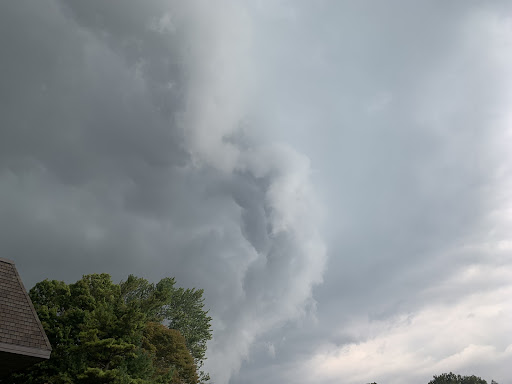Girls in STEM
Female participation in science, technology, engineering, math programs de es national trend
November 1, 2017
Senior Ellie Frame welcomed members to the first Health Careers Investigation Club meeting as part of her duties as president on Wednesday, Sept. 20. Seventy-two percent of HCIC members are female. However, this statistic doesn’t match national averages.
During the 1960s and 1970s, there was an increase in female participation not only in the workforce, but also in science, technology, engineering and math fields, a career path now dubbed “STEM.” However, there continues to be a national deficit. According to the Census Bureau’s American Community Survey, females account for 48 percent of the U.S. workforce, but just 24 percent of STEM-related fields.
Although the disparity between men and women still stands, programs like Girls Who Code at the University of Michigan and the National Girls Collaborative Project buck the trend by offering support and education to girls and igniting an interest in STEM, according to their websites.
“I noticed with HCIC that the leadership wasn’t very strong, so it made me want to take a lot more control and put everything in my own hands,” Frame said. “(STEM) is more male-dominated, but with HCIC … it gives me more confidence and makes me feel more equal.”
Chemistry Club adviser Steven Kosmas said he tries to emphasize female membership. Around 50 percent of members are female. As for the Chemistry Club officers, 80 percent are female, including junior Jill Peters.
Kosmas introduced Chemistry Club members to the Team America Rocketry Challenge last year, and decided to form a girls and boys group. He added that this influenced more girls to join the teams. The girls team doubled in size from last year.
“I think girls should be given the same opportunity to join and lead STEM clubs as boys,” he said via email. “I hope the girls presence in STEM-related clubs continues to grow.”
Peters agrees with Kosmas. She added that women take a different approach than men, which adds diverse opinions to Chemistry Club.
Although the thought processes may be different, she said both groups get the job done and have equal abilities when provided with the necessary resources. Peters said she’s noticed the national push for women in STEM, and thinks the more girls, the better off the field will be.
“There is definity being a shift where these girls are coming in and being interested, and they just work hard and they get it,” Peters said. “They know what they are doing and they are very smart.”
Even though real-world statistics point to a male-dominated field, alumna Anu Subramaniam said she wasn’t surprised with the high ratio of female participation in the STEM-oriented clubs.
Subramaniam said she credits teacher and student supportiveness for the strong presence of females in the clubs. She added that STEM clubs in general allow members to career search and find their passions.
“I definitely am proud to see so many girls in STEM clubs. I think it shows that the world is making more room for girls to pursue careers that weren’t typically open to them before, and I think it allows more girls to find something they’re passionate about,” Subramaniam said via email. “Anyone who wants to pursue a career in the STEM field should get an opportunity in high school to be in clubs aligned with their desired career path.”
Through both clubs, Frame and Peters said they’ve narrowed down their career plans. Both also said they hope to see a continued increase in female participation in future years.
“I hope underclassmen girls come and are inspired by the … careers that are presented to our club,” Frame said. “I hope to leave legacy on the club that other girls see and are inspired by.”












